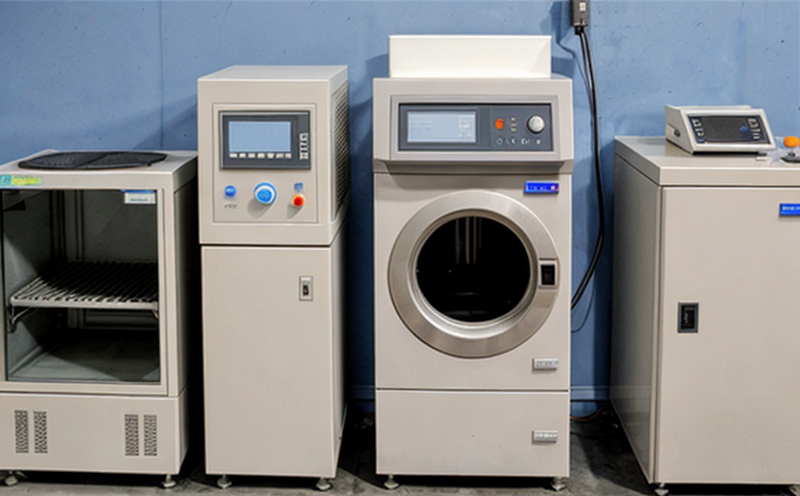ISO 13099 Zeta Potential Measurement of Nanomaterial Dispersions
The ISO 13099:2015 standard provides a method for the measurement of zeta potential in nanomaterial dispersions. This property is crucial as it influences the stability and behavior of nanoparticles within various systems, including pharmaceuticals, coatings, and electronic devices.
Zeta potential measures the charge at the interface between the dispersed phase (nanoparticles) and the continuous medium (solvent or dispersion medium). It plays a pivotal role in determining the colloidal stability by preventing aggregation. The measurement is typically performed using electrophoretic techniques that exploit the electrokinetic properties of particles suspended in a fluid.
Understanding zeta potential is essential for optimizing nanomaterial formulations, ensuring product performance, and meeting regulatory requirements. For instance, in pharmaceuticals, it aids in predicting the stability of drug nanoparticles within biological environments. In electronics, it helps in designing reliable thin-film layers. Compliance with this ISO standard ensures that nanomaterials are accurately characterized, which is critical for their safe use.
The testing process involves several key steps:
- Sample Preparation: Nanoparticles must be dispersed in an appropriate solvent or dispersion medium to ensure a true representation of the zeta potential. The dispersant should minimize aggregation and allow for accurate measurement.
- Instrumentation: A laser Doppler particle sizer (LDPS) can be used, but specialized electrophoretic instruments are required to measure zeta potential accurately.
- Data Analysis: The electrical double layer is analyzed using the Smoluchowski or Einstein equations. Results are presented in millivolts (mV).
The ISO 13099 method ensures that nanomaterials are tested under controlled conditions, providing reliable data for quality control and research purposes.
Applied Standards
The primary standard applied in this testing is ISO 13099:2015. This international standard defines the procedures for measuring zeta potential of nanomaterial dispersions. It specifies the requirements for sample preparation, instrumentation, and data analysis to ensure accurate and reproducible results.
In addition to ISO 13099, other relevant standards include:
- ASTM D2874: This standard provides a general procedure for measuring zeta potential using electrophoretic methods. It is useful in comparing the results with those obtained from this method.
- IEC 60595: Although not directly applicable, this standard ensures that electrical equipment used in testing meets safety and performance criteria.
Adherence to these standards guarantees the reliability of zeta potential measurements, which is vital for regulatory compliance and product development.
Eurolab Advantages
- Expertise: Our team consists of seasoned professionals with extensive experience in nanomaterial characterization. They are well-versed in the latest techniques and standards, ensuring accurate results.
- State-of-the-Art Facilities: Equipped with advanced instrumentation that meets or exceeds ISO 13099 requirements, our labs provide precise zeta potential measurements.
- Comprehensive Reporting: We offer detailed reports that include raw data and interpretative comments. This helps clients understand the significance of their results and make informed decisions.
- Regulatory Compliance: Our testing aligns with international standards, ensuring that your nanomaterial products meet regulatory requirements.
Eurolab's commitment to quality ensures that you receive reliable data and insights into the zeta potential of your nanomaterial dispersions. This information is crucial for optimizing product performance and ensuring safety in diverse applications.
Why Choose This Test
- Stability Assessment: Zeta potential measurement helps assess the stability of nanomaterial dispersions, predicting their behavior under various conditions.
- Research & Development: Accurate zeta potential data is essential for optimizing formulations and improving product performance.
Zeta potential plays a critical role in determining:
- The colloidal stability of nanoparticles.
- The dispersion properties within different media.
- The compatibility with other materials or solvents.
By choosing this test, you ensure that your nanomaterials meet the highest quality standards and are suitable for their intended applications. This testing is indispensable for industries ranging from pharmaceuticals to electronics.





